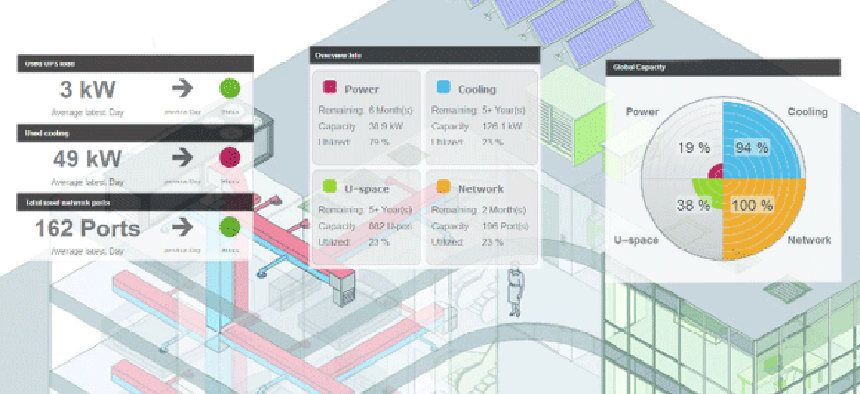How do gov data centers get more efficient? Let me count the ways.


Connecting state and local government leaders
Improving efficiency is more than eliminating servers, dimming the lights and turning down the AC. There are a lot of little, but important, steps you can take.
Earlier this week I visited the Xperience Efficiency convention put on by Schneider Electric. Bob Massie gave an excellent presentation about how to make federal data centers more efficient and from the number of people in the packed house taking notes, it’s a hot topic.

I say hot because much of the electric power in a data center is used for cooling. Massie made an excellent point that no matter how much you spend on a new facility, the operating costs are always going to be more. And oddly enough, becoming efficient is more than just dimming the lights and turning back the AC. Doing that might actually make you less efficient in the long run.

It was a lot to think about, looking at efficacies in new ways. For example, one of the biggest causes of downtime, according to Massie, was human error. Downtime generally means that you are still powering your entire facility, but not getting any work done. It’s zero efficiency.
And that happens sometimes because employees aren’t trained properly, but other times because they are trying to things that they have not been trained to tackle at all.
One way to prevent this is to add biometric access controls to equipment or to the facility, instead of just to computers. Schneider’s XB5S Biometric Switch, for example, not only attaches to equipment, but it can be programmed for security control. So an operator might be able to access a machine’s basic functions, whatever they need to get their job done, but may not be able to shut it down or install new tasks.
An engineer or administrator could log into the same machine using his fingerprint and have total access, or at least more access as needed.

Uptime also means having good equipment. A data center can sometimes be thought of as a factory floor, though hopefully a bit cleaner. But there are diesel backup generators and control panels too. It might surprise people to see just how industrial many data centers are.
We might think of everything being controlled by mouse clicks on a computer, but data centers have buttons that perform important functions, such as cutting the power in an emergency or activating backup power, even sounding an alarm if needed. Employees can tend to be a little rough with them, so to maintain uptime, and therefore efficiency, there is a MIL-STD compliant line of rugged buttons, called the Harmony line.
Finally, it won’t increase your data center’s power usage effectiveness (PUE), but extending that out of the box thinking to vehicles can improve your bottom line, as well as help the environment.

Interestingly enough, living on the East Coast, I had never seen an electric charging station for vehicles before, at least not in person. I hear they are all the rage in California, but I doubt there are very many in D.C. I was surprised how easy they were to operate. The plug is shaped like a gas handle, though I suspect that’s mostly for aesthetics.
When you get it close to the “tank” of an electric car, a powerful magnet locks it in place. I’d say it’s probably idiot proof.

Also dealing with vehicles, one of the coolest things I saw at the event was a hybrid motorcycle that looked like a pretty powerful chopper -- except that when moving around at low speeds, it was just about completely silent. That might be effective for tooling around a large government campus, but you don’t get that cool engine revving power sound, which I suspect some people would miss. I would still love to ride one, especially now that I know how to fill up both the gas and the electric tank.




